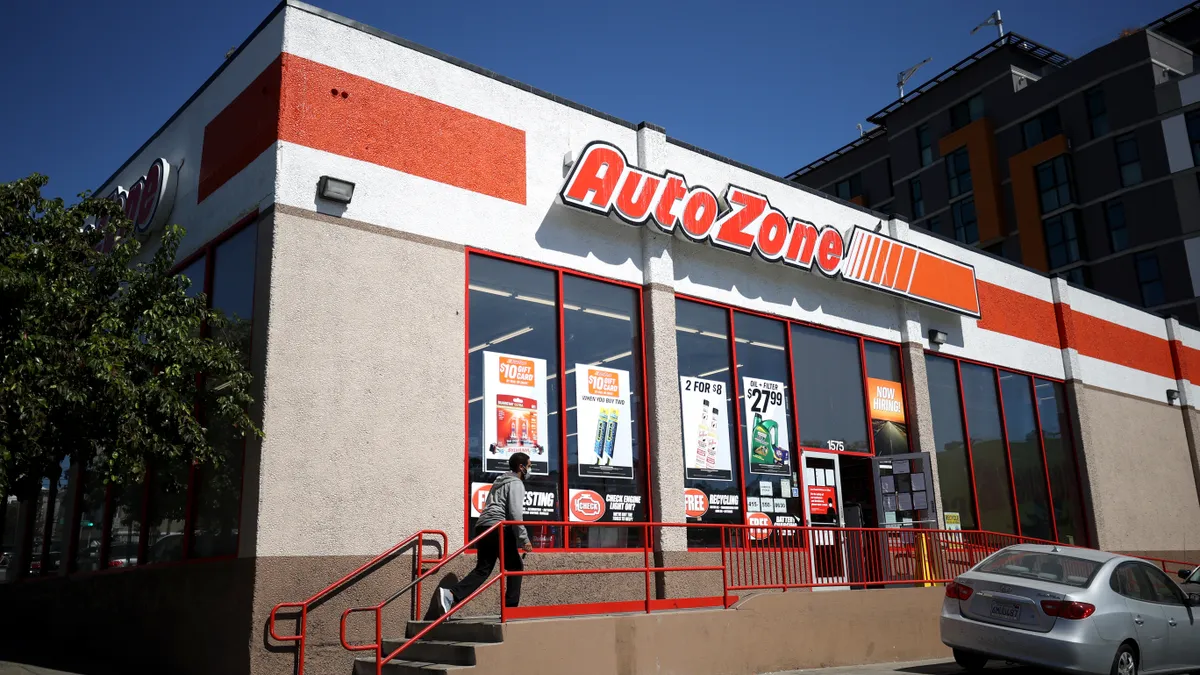Dive Brief:
- AutoZone is making significant progress on building out its distribution network and expanding capacity as part of its supply chain strategy to improve availability, according to a May 21 earnings call.
- The auto parts retailer has two distribution centers nearing completion, one in California and the other in Virginia, and is also close to completing the expansion of its facility in Tepeji, Mexico, CEO Phil Daniele said. In its last fiscal quarter, AutoZone also broke ground on a larger, re-located Monterrey, Mexico, facility.
- “Our strategy is focused on leveraging the entire network to carry more inventory closer to the customer, driving sales growth with improved speed, expanded parts availability and improved efficiencies,” Daniele said.
Dive Insight:
As it looks to build a “superior” customer experience, AutoZone is investing heavily in its distribution network and has a slew of projects in varying stages of completion, Daniele told analysts.
“Fiscal 2024’s top priority has been enhanced execution,” the CEO said. “We are making good progress.”
Looking ahead, AutoZone aims to continue opening mega hubs, which the retailer has been executing for years. As of March, AutoZone was halfway toward its goal of opening more than 200 mega hubs to improve inventory placement and expand parts availability.
The retailer opened 20 mega hubs in 2023 but expects to roll out fewer this year, with plans to accelerate again in FY25. As of March, AutoZone operated 101 mega hubs.
AutoZone is also focusing on optimizing its direct import facilities, according to the CEO. These facilities aim to move direct import products more efficiently by receiving products from foreign production sites and sending them to AutoZone’s distribution network. Locations include one facility in California which opened in 2022.
During a Q2 2023 earnings call, Bill Rhodes, the company’s former president and CEO at the time, said that the “new West Coast facility is already paying dividends by allowing products ordered abroad to be distributed to our other DCs to reduce safety stock and drive productivity.”
This story was first published in our Operations Weekly newsletter. Sign up here.















